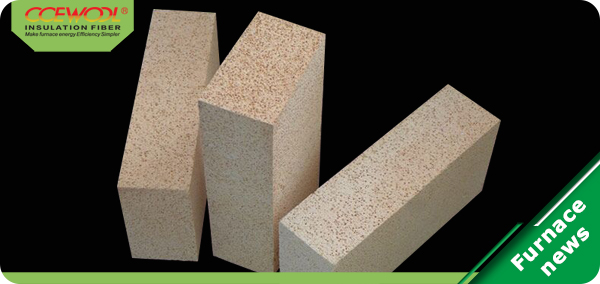
Apr. 18, 2018
High alumina lightweight insulation brick is refractory insulation material that made of bauxite as the main raw material. Its Al2O3 content is not less than 48%. Its production process is bubble method, and incinerate addition method is also OK. High aluminum lightweight insulation brick can be used for building insulation layer and positions that there is no erosion and scour effect of high temperature melting material. When in direct contact with the flame, generally, temperature of contact surface of high aluminum lightweight insulation brick is not higher than 1350 ℃.

Product characteristics of high aluminum lightweight insulation brick.
High temperature resistance, high strength with low weight, high porosity, small thermal conductivity, high temperature resistance, good thermal insulation performance, can reduce the volume and weight of thermal equipment, shorten the heating time, ensure the uniformity of furnace temperature , reduce heat loss, save energy, save material and prolong service life.
Because high-aluminum lightweight insulation brick has good performance of high porosity, low density, good thermal insulation. It is widely used in all kinds of industrial furnaces as thermal insulation materials to reduce heat dissipation of kilns and obtain high energy efficiency.
High aluminum lightweight insulation brick production methods mainly include the hollow sphere bonding method, embedded filler incinerate method, chemical reaction of bubble method, embedded volatile substances driven method and bubble blends casting molding method, etc. In actual production, the most commonly used is the embedded filler incinerate method. Insulation bricks produced with bubble blends casting molding method have more uniform and high porosity.
